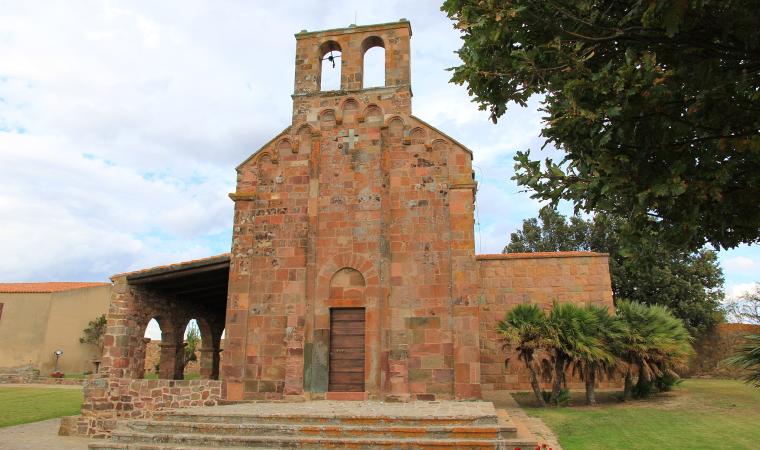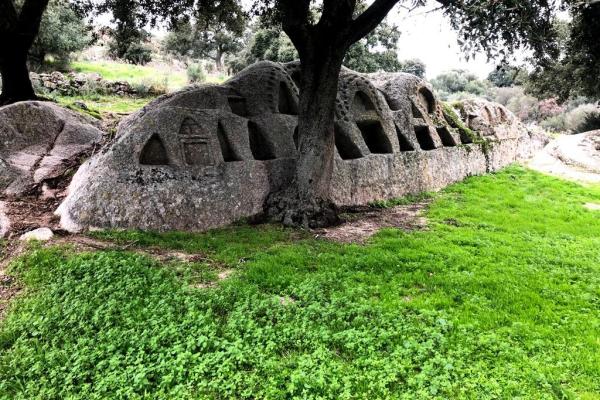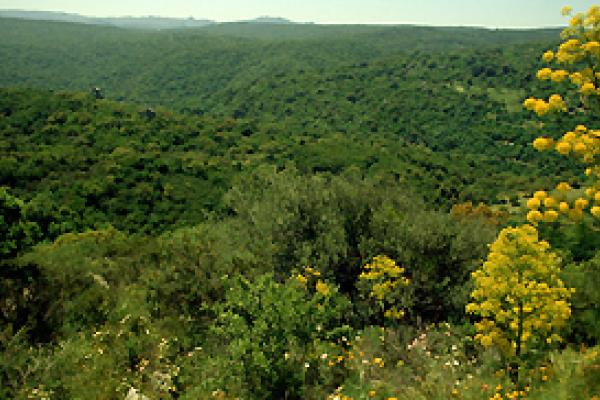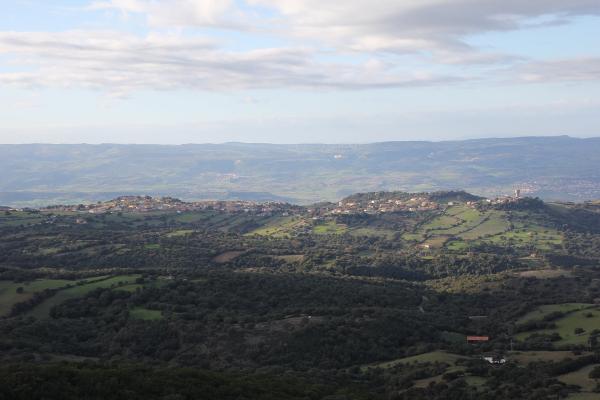On the border between Logudoro and Gallura, it stretches at the feet of the Limbara granitic massif, looking over the splendid panorama of Lake Coghinas, a destination of choice for sport fishing, water skiing and kayaking enthusiasts. Oschiri is an agro-pastoral town of 3300 inhabitants, known for its beef, vermentino wine, cheeses and above all, panadas, a puff pastry stuffed with meat and natural flavourings. In August, a festival in honour of this local culinary symbol is held contemporaneously with the Agro-food Festival of Gallura. The town is surrounded by valleys dotted with holm and cork oaks and Mediterranean shrubs as far as the eye can see. An excursion into the Su Filigosu Forest, an animal heaven where you can admire red and fallow deer, weasels, mouflons and soaring eagles, falcons and sparrow hawks, is a must.

Town
Half way between Sassari and Olbia, in Sardinia’s central-north, it is a town with a long prehistoric and Roman past, rich in ancient churches and traditions
Half way between Sassari and Olbia, in Sardinia’s central-north, it is a town with a long prehistoric and Roman past, rich in ancient churches and traditions
See this place because...
In a splendid setting between the Mimbara Massif and Lake Coghinas, you will discover a characteristic and charming town, one of the most “Romanized” areas in Sardinia
Pictures and videos
You may also like
More attractions in the vicinity
Nearby hotels and accommodations

Bed and breakfast (rental rooms)
OSCHIRI
0 km

Bed and breakfast (rental rooms)
OSCHIRI
0 km

OSCHIRI
0 km























